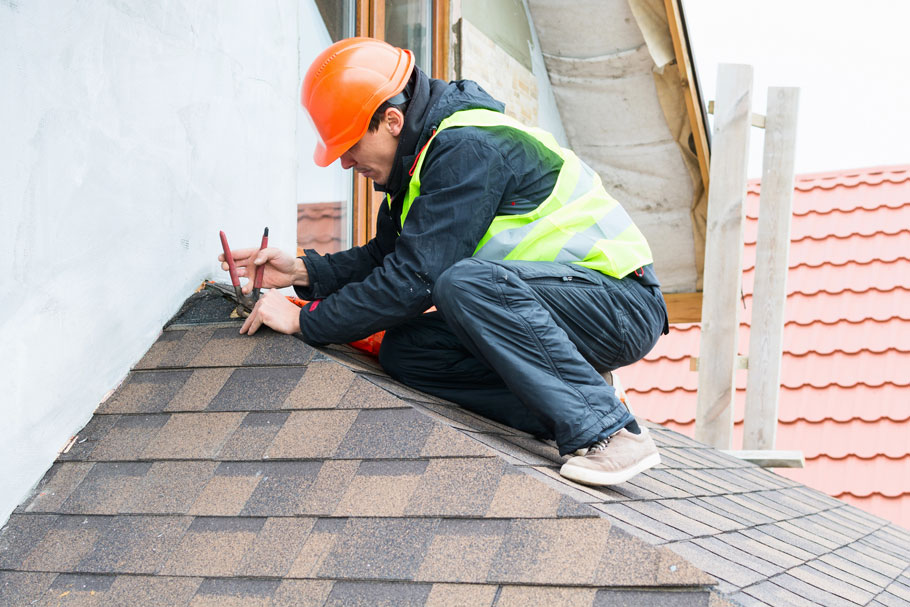Purchasing a home is a fulfilling experience. You imagine family dinners and backyard barbeques. But before you unpack, everything has to be safe and secure. This includes that strong and unbreakable-looking roof, too. The roof is your shield against harsh weather, heavy rain, and scorching sun. But a leaking roof can turn that dream into a nightmare, allowing these adverse natural elements to intrude into your home and putting your family and your pocket at risk.
Understanding the Basics
Roofs are sturdy and long-lasting. Typically, a roof lasts 20 to 30 years on average, depending on the materials it’s built with, like asphalt shingles or metal. If your new home has aged, the roof might be nearing its end. Even with a more recent construction, poor installation or storm damage could conceal problems. Skipping an inspection from roofing specialists in Auckland risks thousands of dollars and your family’s safety later.
Why Bother with a Roof Inspection?
A roof inspection spots problems before they threaten your safety and saves money and headaches. During a home purchase, most buyers get a general inspection. But roofs need expert eyes with attention to detail. General inspectors might miss subtle signs, but a certified roofer steps up and checks every detail to give you a clear report.
Key Signs Your Roof Needs Attention
The right decision-making is the best way to get a safe and secure roof. Please take a moment to walk around your home and inspect the roof; if you notice any of these signs, it would be advisable to contact a professional.
- Missing or damaged shingles: Cracked, curled, or bald spots indicate wear because wind and sun break them down with time.
- Granule loss: Asphalt shingles shed granules as they age. You can check gutters for buildup. If there’s too much, your roof is failing.
- Sagging areas: A dip in the roofline points to structural problems. The reason could be water weight or poor support.
- Moss or algae growth: Those green streaks look harmless, but they trap moisture and cause decay.
- Flashing issues: Metal strips around chimneys and vents seal gaps. If they’re rusted or loose, leaks will follow.
What a Professional Inspector Checks
Pros are pros for a reason. They possess expertise in identifying minute details that could escalate into significant problems in the future. Some experts also use drones for hard-to-reach spots. Here’s a breakdown of what they evaluate.
|
Area |
What they look for |
Why it matters |
|
Shingles |
Cracks, curling, missing pieces |
Prevents leaks and extends life |
|
Flashing |
Rust, gaps, seal integrity |
Stops water entry at joints |
|
Gutters |
Clogs, damage, and proper drainage |
Avoids overflow and foundation issues |
|
Ventilation |
Vents, fans, airflow |
Reduces heat buildup and mould |
|
Structure |
Beams and decking for rot or weakness |
Ensures safety and stability |
Onboarding an expert will also get you a detailed report on hail damage or improper layering from past repairs.
DIY vs Professional Inspection
Even if you know what professionals check during their inspection, you can’t match their expertise. However, you can still perform a routine check yourself. Grab binoculars and inspect from the ground. Look for apparent damage, but don’t climb unless you’re experienced. You don’t want to end your inspection with an injury.
As said earlier, professionals bring expertise. These professionals can identify hidden problems, such as tears in the underlayment. But with professionals come charges. So expect to pay $200 to $500 for a deep inspection. It might look like an expense initially, but compared to those exorbitant repairs, it’s nothing.
Common Roof Types and Their Lifespans
Different materials have different lifespans. Here’s a brief look at some types of roofs:
1. Asphalt shingles: The most common type, with a lifespan of 15 to 30 years, requires an annual granule loss check.
2. Metal roofs: Durable for up to 50 years and require inspection of seams for corrosion.
3. Tile roofs: Be they clay or concrete, they can last 50+ years, but watch for cracks from impacts.
4. Wood shakes: These shakes last for 20 to 40 years but are prone to rot in wet climates.
5. Flat roofs: Often rubber or tar, lasting 10 to 20 years, but water pooling is a big issue.
To choose the right type of roof, check the type of your home and assess your surroundings and environment.
Sealing it All Up
Roof is your shield, safeguard against that harsh weather that can be damaging for your home. Regular inspections let you spot issues early, negotiate repairs with sellers, or plan budgets. Annually or bi-annually check your roof for basic inspection. And if you’re not good at it, hire an expert for a thorough scan. The safer your roof, the safer your family will be.






